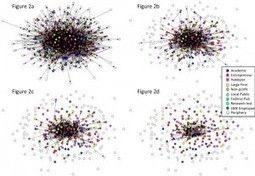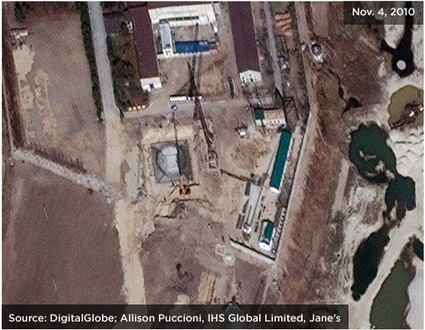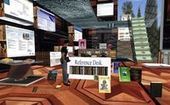Robin Teigland, Paul Di Gangi, and Zeynep Yetis recently finished an academic paper based on their research of the OpenSim Community. Below is the abstract. If you have any questions about their research, please do not hesistate to contact them.Setting the Stage: Exploring Sustainability of a Private-collective Community
Abstract
While the nature of the firm has long been established as the dominant form of organizing for value creation, emergent forms of organizing such as the private-collective community model have recently gained attention from researchers and practitioners. Little is known about how such communities, where private goods from stakeholders are shared and freely distributed among a public collective, sustain themselves. The purpose of this research is to examine how the resources, stakeholders, and overarching network structure in which these are embedded influence the sustainability of the community. Using semi-structured interviews, archival data, and social network analysis, we explore these items in detail and provide initial findings from an ongoing research study of the OpenSim community. We conclude with future directions, expected contributions, and the limitations of this line of research.
Archives for 2012
A Publisher’s Perspective on Ebooks | American Libraries Magazine
It was a rainy afternoon just before Thanksgiving in 2007 when I stood on a New York City sidewalk clutching my first e-reading device. I had just come from Amazon’s press conference where Jeff Bezos announced the launch of Kindle, a new e-reader designed to wirelessly deliver book content directly to customers in as little as 30 seconds. The device used E Ink technology, which provided a more true-to-print reading experience and allowed for longer battery life. An e-reader could store hundreds of books and run for hours on a single charge, all without use of a computer. Paired with the vast book, newspaper, and magazine content that Amazon had amassed and the ease with which customers could access that content, many predicted that Kindle would forever change the print-media landscape.
Via americanlibrariesmagazine.org
Chinese writers sue Apple for allegedly hosting pirated ebooks | Macworld
A group of Chinese writers has filed a lawsuit against Apple, alleging that the company’s App Store sells pirated versions of the authors’ works.The lawsuit demands Apple compensate the writers for 11.9 million yuan ($1.88 million) and cease selling the products. Beijing Second Intermediate People’s Court has accepted the case, according to Bei Zhicheng, executive for the writer’s group.The lawsuit, filed on behalf of nine writers, involves 37 different literary works that have allegedly been sold as pirated copies on Apple’s App Store, which takes a 30 percent cut from app sales on the platform.The group began contacting Apple since last July, asking the company to remove the pirated products from the App Store. But Apple has refused to remove them, stating that the group did not provide enough evidence to confirm the works were unlicensed, according to Bei.
Via www.macworld.com
North Korea from 30,000 feet | Bulletin of the Atomic Scientists
The first publicly available overhead imagery that suggested North Korea was constructing a new nuclear reactor at its Yongbyon complex appeared on November 4, 2010. Charles L. Pritchard, a former special envoy for negotiations with North Korea and the president of the Korea Economic Institute, along with a delegation from the institute provided the first confirmation of this construction after a visit to Yongbyon that week. The following week, Yongbyon officials told PDF Stanford University’s John W. Lewis and two authors of this article (Hecker and Carlin) that the reactor was designed to be an experimental pressurized light water reactor (100 megawatts thermal, or 25-30 megawatts electric) to be fueled with low-enriched uranium fuel produced in a newly constructed centrifuge plant at the nearby Yongbyon fuel fabrication plant. The new reactor is being constructed on the former site of a cooling tower for a now-disabled, 5-megawatt electric, gas-cooled, graphite-moderated reactor that had been used to produce plutonium; the tower was demolished in 2008 as a step toward an eventual denuclearization agreement.
Via www.thebulletin.org










Recent Comments